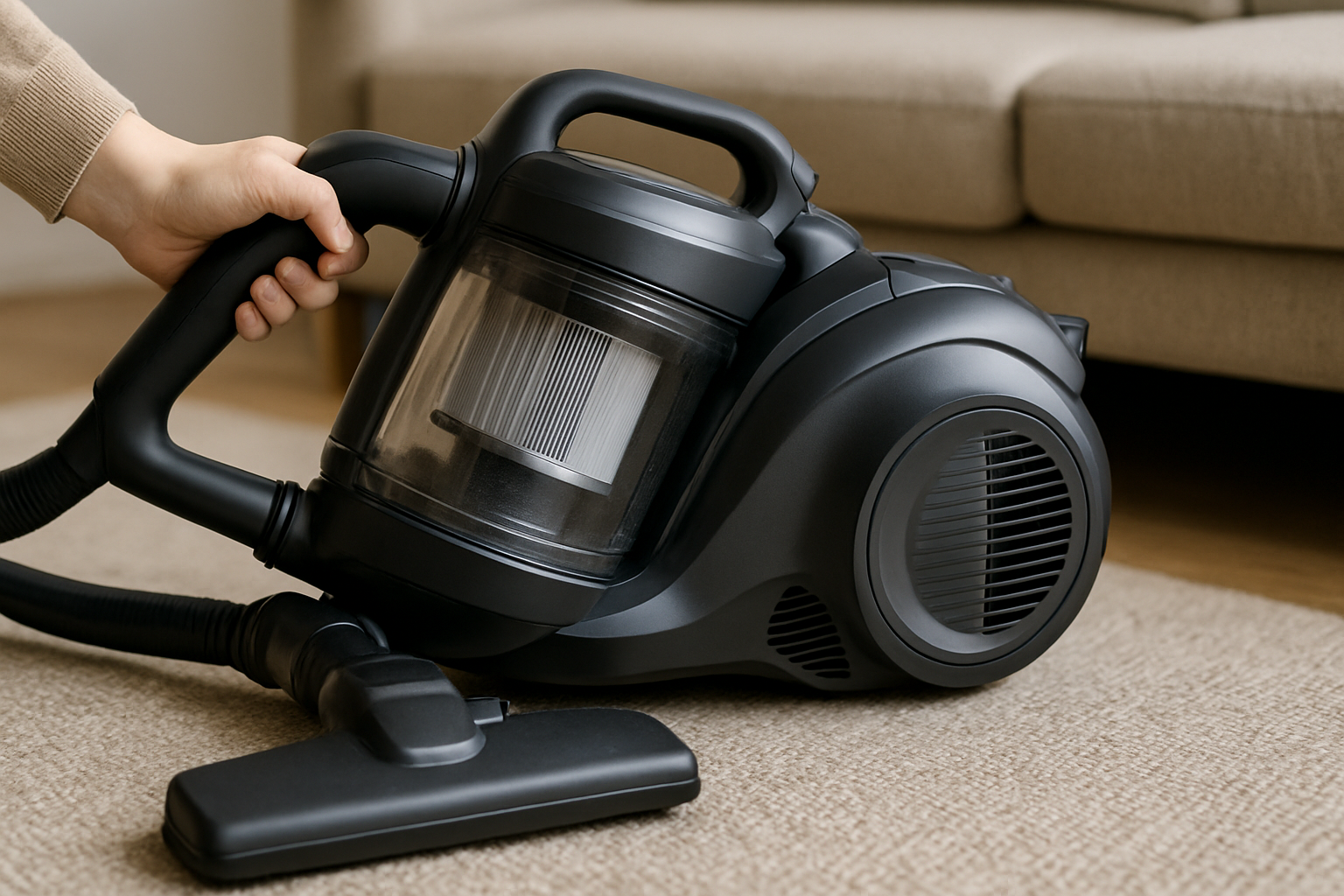 Ever noticed that two vacuums with similar suction power can have dramatically different noise levels? The answer lies in engineering, materials, and even filter design. Here’s how experts break down the science of quiet (and not-so-quiet) cleaning.
Ever noticed that two vacuums with similar suction power can have dramatically different noise levels? The answer lies in engineering, materials, and even filter design. Here’s how experts break down the science of quiet (and not-so-quiet) cleaning.
The Role of Motor and Fan Design
Noise often starts with the motor and fan assembly. As explained by HowStuffWorks, higher RPM motors and unbalanced fans produce more vibration and thus more sound—even at the same suction rating. Premium vacuums use insulation, brushless motors, and balanced blades to minimize this effect without sacrificing performance.
Filtration, Airflow, and Casing Materials
Filtration and airflow management matter just as much. According to Soundproof Living, poor airflow design or clogged filters force the motor to work harder, raising both pitch and volume. The materials used in the vacuum’s casing—such as plastic vs. composite—also influence resonance and noise transmission.
How Attachments and Surfaces Contribute
Even your choice of attachments or floor surfaces impacts noise. The Spruce notes that hard floors, rotating brushes, or cheap extension tubes can amplify sound, while specialized attachments and carpeted rooms naturally muffle it. For truly quiet cleaning, look for machines marketed specifically as “silent” or “low-noise,” which combine all these optimizations.
An effective quiet vacuum balances suction power, advanced filtration, lightweight design, low noise, versatile attachments, strong runtime, corded or cordless operation, easy portability, and—if needed—wet/dry capability.
For expert product comparisons, quiet cleaning guides, and real-user noise tests, visit www.lxvacuum.com

















